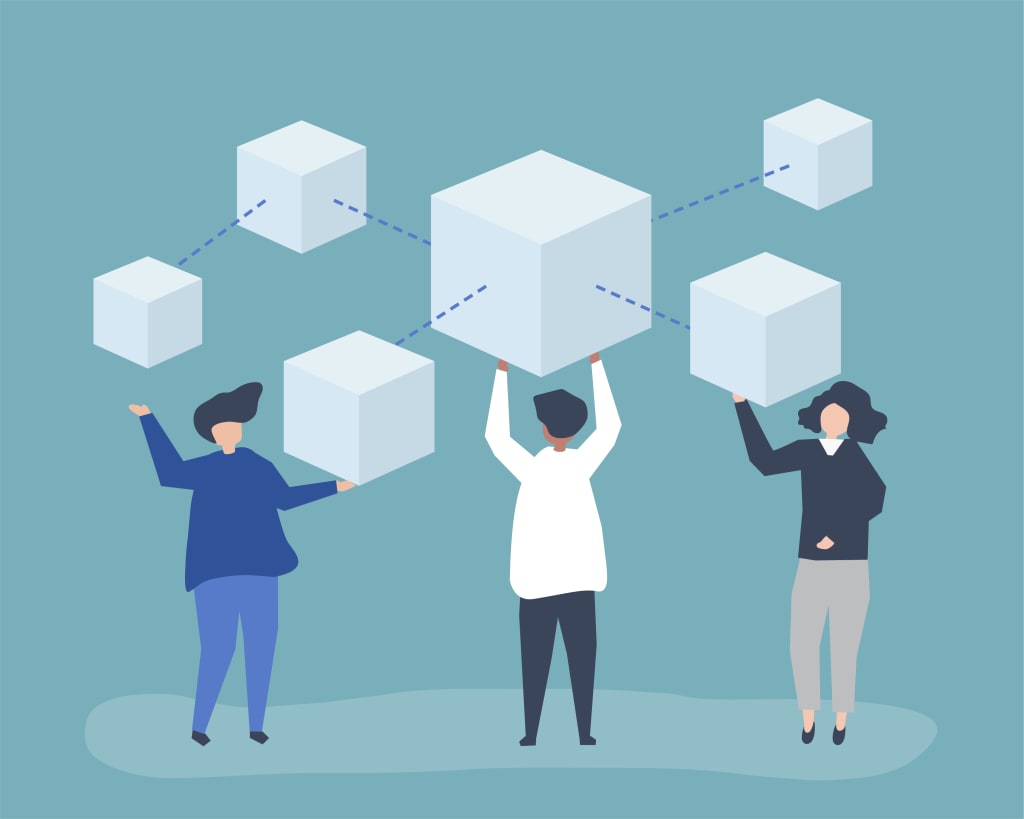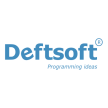What are the Benefits of Building a Blockchain in Rust?
Benefits of Building a Blockchain in Rust

Blockchain technology has become an essential part of modern digital infrastructure, offering decentralized, secure, and transparent systems for a variety of applications. As the demand for robust blockchain solutions grows, so does the need for a programming language that can meet the unique challenges of blockchain development.
Rust, a systems programming language, has emerged as a popular choice for building blockchain platforms. This blog explores the benefits of using Rust in blockchain development and provides insights into why many professional blockchain developers favor it.
What is Rust in Blockchain?
Rust is a systems programming language designed to offer memory safety, concurrency, and high performance. It was created by Mozilla and has gained a reputation for its ability to prevent many common programming errors, particularly those related to memory management. Rust's strict compiler checks and focus on safety without sacrificing performance make it an ideal language for developing complex, concurrent systems such as blockchains.
In the context of blockchain, Rust provides several advantages. Its emphasis on safety ensures that the code is less prone to bugs which is crucial for maintaining a blockchain's integrity. Additionally, Rust's performance capabilities enable the development of efficient and scalable blockchain solutions. As a result, many enterprises and businesses are adopting Rust to build secure and high-performing blockchain platforms.
Benefits of Building a Blockchain in Rust
The following are some of the significant benefits of leveraging Rust to build a blockchain:
1. Memory Safety and Performance
One of the primary benefits of using Rust for blockchain development is its memory safety. Rust's ownership system prevents common memory errors such as null pointer dereferencing and buffer overflows which can lead to security vulnerabilities. By eliminating these issues at compile time, Rust ensures that blockchain applications are more secure and reliable.
Rust also excels in performance. It offers low-level control over system resources, allowing developers to write highly efficient code. This is particularly important for blockchain applications, which often require high throughput and low latency to handle a large number of transactions. Rust's performance characteristics make it well-suited for developing scalable blockchain solutions that can meet the demands of modern applications.
2. Concurrency
Blockchains are inherently concurrent systems, with multiple nodes operating simultaneously. Rust's concurrency model makes it easier to write safe and efficient concurrent code. The language's ownership and borrowing mechanisms ensure that data races and other concurrency issues are caught at compile time, reducing the risk of runtime errors.
Rust's concurrency features enable blockchain development companies to build robust and scalable blockchain networks. By leveraging Rust's capabilities, developers can create blockchain platforms that handle multiple transactions and operations concurrently without compromising on safety or performance.
3. Cross-Platform Compatibility
Rust is designed to be cross-platform, thus allowing developers to build blockchain applications that run on various operating systems, including Windows, Linux, and macOS. This cross-platform compatibility is essential for blockchain networks, which often consist of nodes running on different systems.
With Rust, blockchain development companies can ensure that their blockchain solutions are accessible and operable across a wide range of devices and environments. This flexibility enhances the reach and usability of blockchain applications, making them more versatile and adaptable to different use cases.
4. Growing Ecosystem
Rust's ecosystem is rapidly growing, with an increasing number of libraries and frameworks available for blockchain development. This expanding ecosystem provides developers with the tools and resources needed to build comprehensive blockchain solutions.
For instance, the Substrate framework, developed by Parity Technologies, is a popular Rust-based framework for building blockchains. The Substrate provides pre-built modules and components that simplify the development process, enabling blockchain development companies to focus on the unique aspects of their applications rather than building everything from scratch.
5. Community and Support
The Rust community is known for its inclusiveness and supportiveness. Developers working with Rust can access a wealth of resources, including documentation, tutorials, and forums. This active community ensures that developers can get help and guidance when needed, making the development process smoother and more efficient.
The collaborative nature of the Rust community fosters innovation and continuous improvement, driving the development of cutting-edge blockchain solutions.
Things to Keep in Mind When Building Blockchain in Rust
The following are some of the most important tips to keep in mind when building blockchain in Rust:
1. Learning Curve
Rust has a steep learning curve, especially for developers who are new to systems programming. The language's strict compiler checks and unique ownership model can be challenging to master initially. However, the investment in learning Rust pays off in the long run, as it leads to the development of safer and more efficient code.
2. Development Time
While Rust's safety and performance benefits are significant, they can also result in longer development times compared to more lenient languages. Writing safe concurrent code in Rust requires careful planning and attention to detail.
3. Ecosystem Maturity
Although Rust's ecosystem is growing rapidly, it is still relatively young compared to more established languages. Some libraries and tools may not be as mature or feature-complete as their counterparts in other languages. Developers may need to invest additional time in evaluating and integrating third-party libraries into their projects.
Concluding Thoughts
Rust offers numerous benefits for blockchain development, including memory safety, performance, concurrency, cross-platform compatibility, and a supportive community. These advantages make Rust an attractive choice for building secure and efficient blockchain platforms. As the demand for robust blockchain solutions continues to rise, more blockchain development companies are offering to build blockchain solutions in Rust.
While there are challenges to consider, such as the learning curve and development time, the long-term benefits of using Rust far outweigh these initial hurdles.
In conclusion, Rust is a powerful tool for blockchain development. Its unique features and growing ecosystem position it as a leading language for building the next generation of blockchain solutions. As blockchain technology continues to advance, Rust will play a crucial role in shaping the future of decentralized systems.
About the Creator
Deftsoft
We offer various development services, such as AEM, Blockchain, Metaverse development services, website/mobile app development and digital marketing services.






Comments
There are no comments for this story
Be the first to respond and start the conversation.